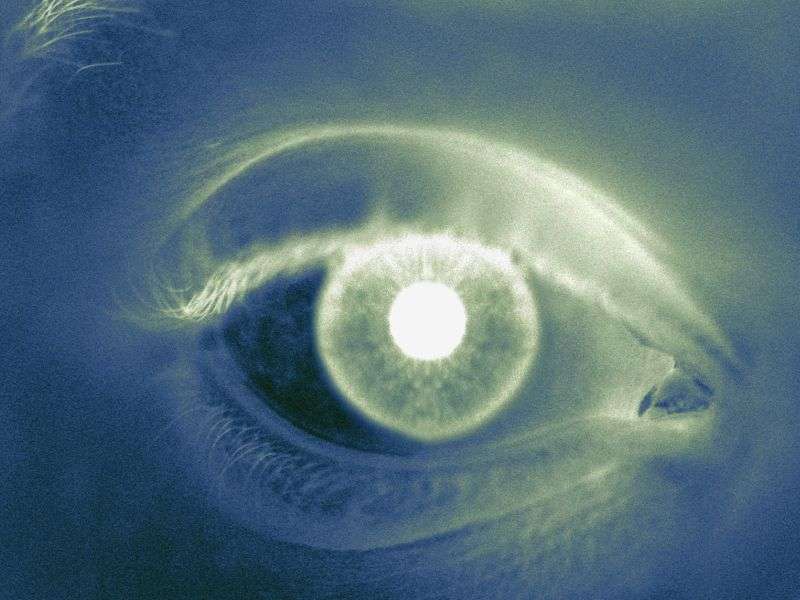Subconjunctival gentamicin can cause macular necrosis

(HealthDay)—Subconjunctival gentamicin can cause macular necrosis in the eye, according to a letter to the editor published online Oct. 20 in Clinical & Experimental Ophthalmology.
Rachael C. Heath Jeffery, from the Australian National University in Canberra, and colleagues describe a 65-year-old male with no previous ocular history who was referred for management of a left macula-on rhegmatogenous retinal detachment. The patient underwent uncomplicated left 25-guage vitrectomy with retinotomy. The patient had an allergy to penicillin; ropivacaine was given at the start of the procedure, and dexamethasone and gentamicin sulfate were given at the end of the procedure.
The researchers note that at postoperative day one, there was 80 to 90 percent gas fill and an attached retina. On postoperative day 14, the gas bubble had reduced to 30 percent but visual acuity was counting fingers only in the left eye. Dilated fundal examination showed retinal pallor throughout the macula, a posterior pole retinal detachment, and three large irregularly shaped full thickness holes within the macula. The patient required repeat vitrectomy surgery; no peripheral retinal breaks were identified at revision surgery. The macular tissue was too necrotic for inner limiting membrane peel; following drainage of sub-retinal fluid, an oil tamponade was used. The holes failed to close.
"The most likely mechanism for the macular necrosis in this eye is toxicity from subconjunctival gentamicin, which entered the gas-filled vitreous cavity through an unsutured 25-gauge sclerotomy," the authors write.
More information: Full Text (subscription or payment may be required)
Copyright © 2016 HealthDay. All rights reserved.



















